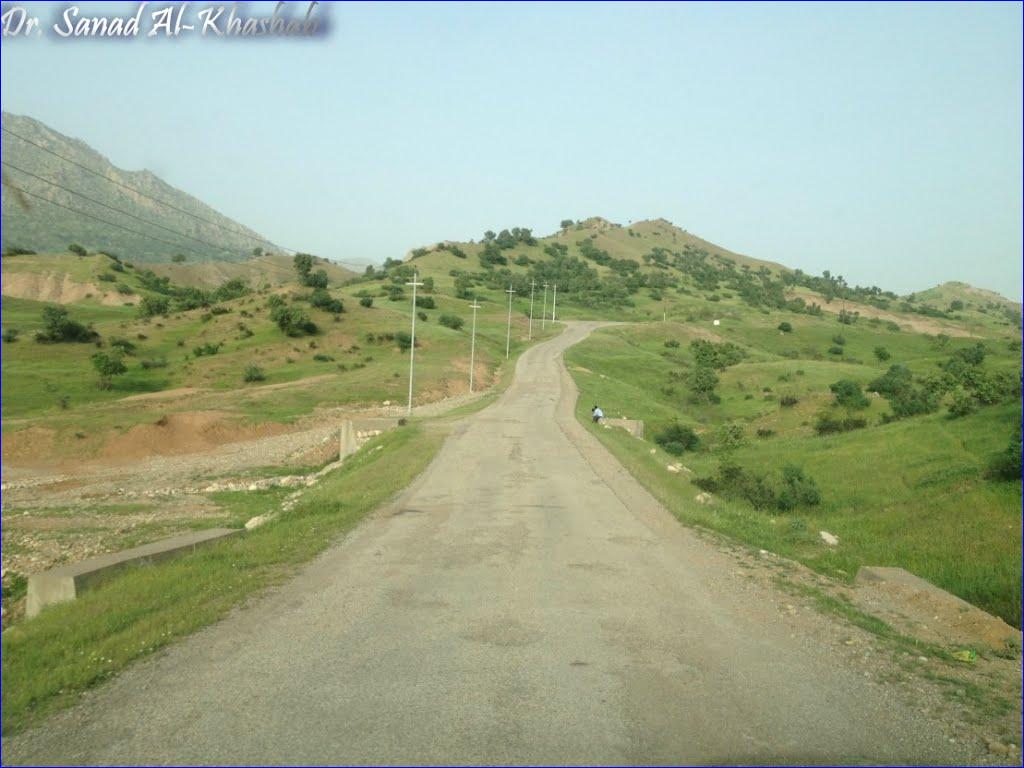


Related: Kurdish Confiscation of Assyrian Lands in North Iraq
Over the past two decades, Kurdish migration into Assyrian-majority regions has been most visible in districts such as Alqosh, Teleskof, and the Nineveh Plains. In many cases, Kurdish families from border regions of Iran and Turkey were resettled with government incentives, including land plots, housing permits, and financial support. In contrast, Assyrian families in the same areas often faced obstacles in obtaining building permits or reclaiming their confiscated properties. Entire neighborhoods that were historically Assyrian, such as parts of Nahla Valley and the outskirts of Zakho, have seen rapid demographic shifts as new Kurdish settlers arrived under official sponsorship.
Land confiscation has been another widespread form of pressure. In the districts of Dohuk and Aqra, hundreds of hectares of Assyrian farmland have been seized by local Kurdish authorities or private Kurdish tribal leaders with political connections. Assyrian farmers have repeatedly filed complaints and petitions, yet most cases are ignored or dismissed by the courts. In the village of Kani Masi, for example, Assyrian lands were taken and later redistributed to Kurdish families under the pretext of "security needs." Similar cases occurred in Barwar and Sarsing, where land was fenced off or reclassified as "public property," effectively denying Assyrians access to their ancestral holdings.
Employment discrimination reinforces these patterns of control. Assyrians applying for jobs in local administrations or schools are frequently told they must join the ruling Kurdish political party to be considered. Those who refuse are sidelined or transferred to remote areas. In one case, several Assyrian teachers in the Alqosh sub-district were dismissed after declining to participate in pro-government rallies. Others have been pressured to attend political meetings and to publicly support Kurdish candidates during elections. This system of patronage and intimidation ensures political dominance while silencing dissenting voices among the remaining Assyrian population.
This large-scale resettlement, combined with the systematic confiscation of Assyrian lands, bureaucratic discrimination, and lack of protection for indigenous inhabitants, has created an atmosphere of fear and insecurity. Many Assyrians have been pressured to leave their ancestral villages, some continuously inhabited for thousands of years, and migrate to urban centers or abroad. The policy appears designed not only to consolidate political and territorial control but also to erase the Assyrian identity from its own homeland. Such demographic engineering poses an existential threat to one of the oldest indigenous peoples of the region and jeopardizes the multicultural fabric that once defined northern Iraq.
In addition to demographic and territorial manipulation, economic coercion has become another tool of suppression. Assyrians are frequently denied employment opportunities, especially in government or education sectors, unless they align themselves with Kurdish-affiliated political parties and publicly express loyalty. Teachers, civil servants, and professionals have been marginalized or dismissed for refusing to submit to these demands. This use of economic dependency as a form of political control deepens the marginalization of the Assyrian community and accelerates their displacement. Together, these demographic, political, and economic pressures amount to a calculated effort to weaken the Assyrian presence and silence their voice in the land of their ancestors.
These interconnected policies, mass immigration, land confiscation, and economic exclusion, form a coordinated strategy aimed at weakening the Assyrian presence and consolidating control over their historical homeland. Through administrative manipulation and demographic engineering, the Assyrian people are being gradually displaced, their villages absorbed, and their voice diminished. Unless urgent measures are taken to protect Assyrian rights and land ownership, one of the oldest surviving Christian and indigenous communities in the Middle East risks losing its remaining foothold in the land of its ancestors.

or register to post a comment.